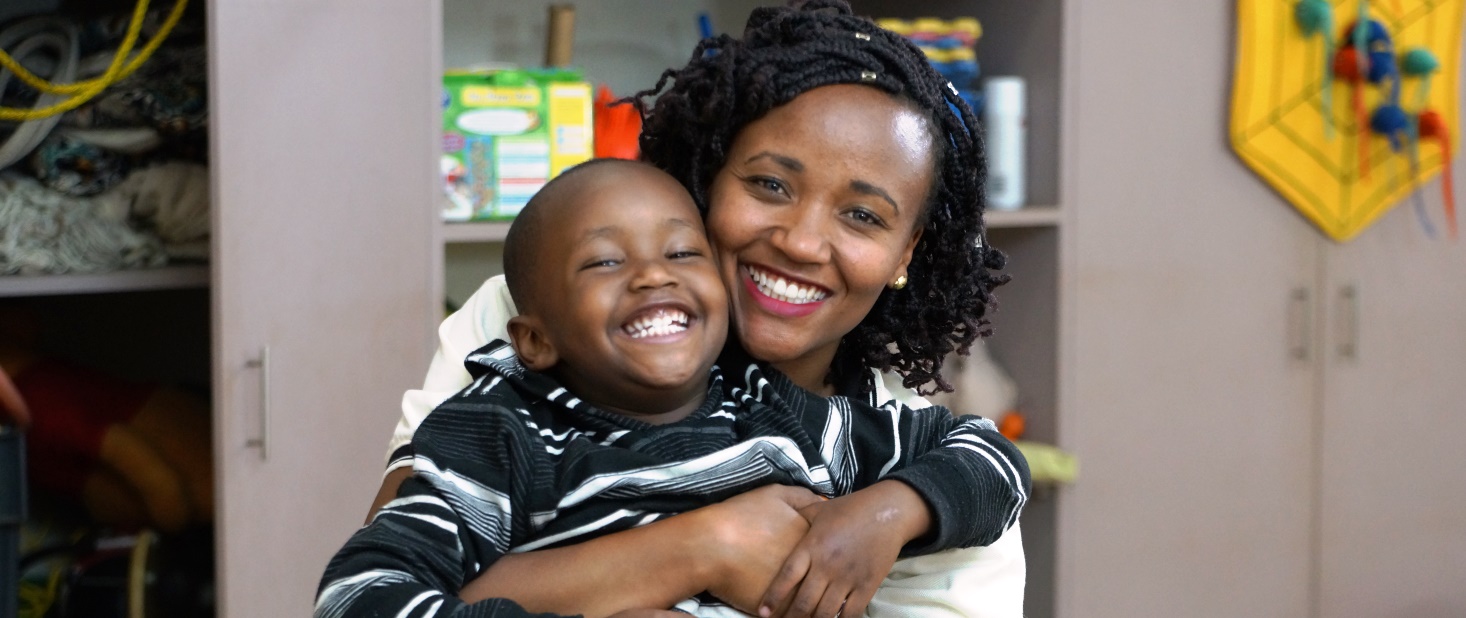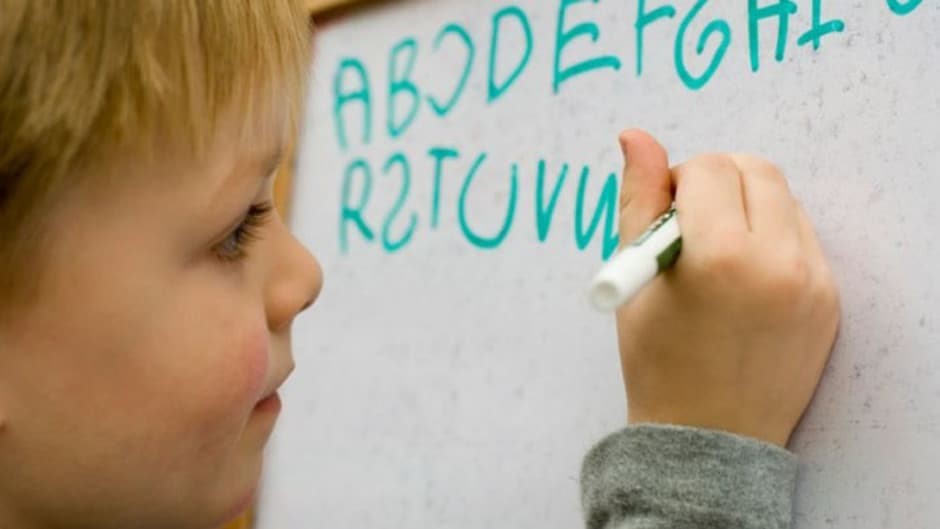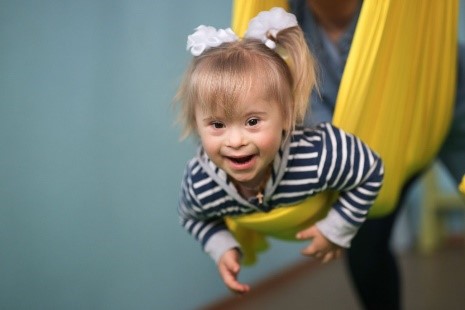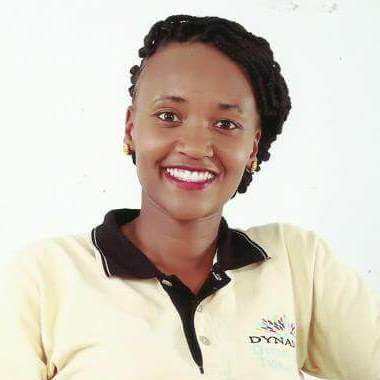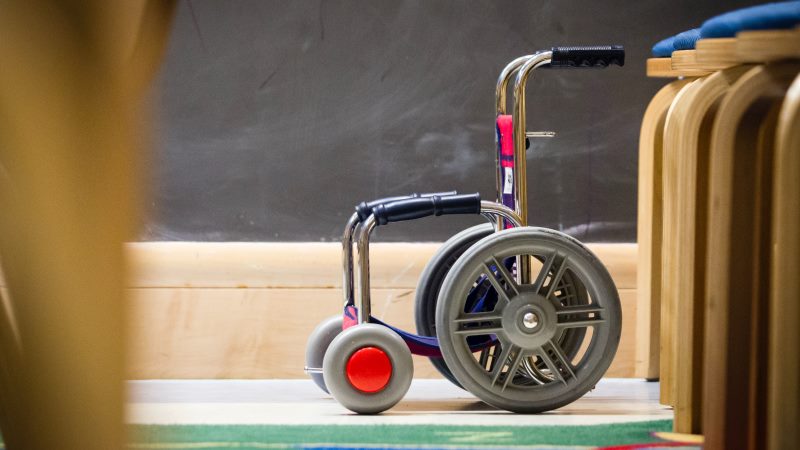
Cerebral Palsy (CP) is one of the neuromuscular disorders that is characterized by nonprogressive abnormalities in a child’s developing brain. It brings about neurologic, motor, and postural deficits in a child. Other secondary conditions that at times coexist with CP are cognitive sensory and psychosocial deficits.
The incidence of CP is estimated to be 1.4 to 2.4 per live births. For a definite diagnosis of CP, a team of developmental specialists (pediatric occupational therapists, physical therapists, developmental nurses, speech and language therapists, and developmental pediatricians) conduct physical and developmental evaluations. The indicators of CP are;
- Retention of primitive reflexes and automatic reactions.
- Asymmetry in the use of extremities.
- Poor sucking or tongue control.
- Clonus
- Involuntary movements.
- Motor delays.
- Cognitive delays.
Causes of Cerebral Palsy
The cause of CP is but is not limited to;
- Intra-uterine viral infections.
- Prematurity
- Cerebrovascular accidents.
- Trauma
- Intracranial hemorrhage.
- CNS infection.
- Near drowning.
- Hypoxia
- Lack of adequate knowledge in nutrition during pregnancy.
Other risk factors include:
- low gestational age.
- Metabolic disorders.
- Low birth weight.
- Birth asphyxia.
- Multiple gestations.
- Coagulation disorders.
- Ischemic stroke in the fetus or the newborn.
- Iodine deficiency.
- Exposure to methyl mercury during pregnancy.
- Maternal thyroid disease.
Classification of Cerebral Palsy
Classifications of Cerebral Palsy have been developed according to;
- Quality of tone.
- Locale of brain lesion.
- Disorder distribution.
Type of Cerebral Palsy
The four main types of Cerebral Palsy according to Bowen (2019) are;
- Spastic
- Dyskinetic
- Ataxic
- Hypotonic
From the above information, it is clear that children with Cerebral Palsy will require assistance to move from one place to another at one point in their lives. Though for some, it is throughout their lives. Good positioning in carrying, sitting, and side-lying is integral. When well position the following happens;
- Child development is encouraged.
- Activities of Daily Living (ADLs) are simplified (Feeding, dressing toileting).
- Pressure areas, contractures, and deformities are prevented.
- Pick-ups, carrying, and child handling are simplified.
Helpful tips
Here below is a table that can guide caregivers on how to position children with Cerebral Palsy.
NB: Remember it is important to know the level of function of your child, if unsure consult your therapist.
A note to the primary caregiver
It is key that the primary caregivers and those working with clients with CP should consider how they lift or pick up the child. A poor position of the caregiver can hurt their back. They should not bend over to pick the child, but they should do it in an ergonomic friendly manner. Here is a brief example of an ergonomic friendly manner;
Situation: Picking the child from a mat on the floor
- Keep back straight as you bend at the knees.
- Place one foot slightly in front of the other one.
- Get the child close to your body.
- Lift by using more of the leg muscles rather than the back muscles.
Another point to note is that when the child gets bigger and heavier, ask for someone to help you. When you do this remember to count so both of you lift at the same time.
If your child does experience seizures, as a caregiver you should place them in a recovery position or lay them on the side.
For more information about Cerebral Palsy please visit Birth Injury Center

